1. Peckham TK, Baker MG, Camp JE, Kaufman JD, Seixas NS. Creating a future for occupational health. Ann Work Expo Health. 2017; 61(1):3–15. PMID:
28395315.
2. Melchior M, Caspi A, Milne BJ, Danese A, Poulton R, Moffitt TE. Work stress precipitates depression and anxiety in young, working women and men. Psychol Med. 2007; 37(8):1119–1129. PMID:
17407618.
3. Lee A, Myung SK, Cho JJ, Jung YJ, Yoon JL, Kim MY. Night shift work and risk of depression: meta-analysis of observational studies. J Korean Med Sci. 2017; 32(7):1091–1096. PMID:
28581264.
4. Yoon JH, Won JU, Lee W, Jung PK, Roh J. Occupational noise annoyance linked to depressive symptoms and suicidal ideation: a result from nationwide survey of Korea. PLoS One. 2014; 9(8):e105321. PMID:
25144292.
5. Lu Y, Zhang Z, Yan H, Rui B, Liu J. Effects of occupational hazards on job stress and mental health of factory workers and miners: a propensity score analysis. BioMed Res Int. 2020; 2020:1754897. PMID:
32904478.
6. Shiels C, Gabbay MB, Ford FM. Patient factors associated with duration of certified sickness absence and transition to long-term incapacity. Br J Gen Pract. 2004; 54(499):86–91. PMID:
14965385.
7. Murray CJ, Vos T, Lozano R, Naghavi M, Flaxman AD, Michaud C, et al. Disability-adjusted life years (DALYs) for 291 diseases and injuries in 21 regions, 1990-2010: a systematic analysis for the Global Burden of Disease Study 2010. Lancet. 2012; 380(9859):2197–2223. PMID:
23245608.
8. Jain A, Hassard J, Leka S, Di Tecco C, Iavicoli S. The role of occupational health services in psychosocial risk management and the promotion of mental health and well-being at work. Int J Environ Res Public Health. 2021; 18(7):3632. PMID:
33807352.
9. Park J, Kim Y. The history of occupational health in South Korea. Arch Environ Occup Health. 2019; 74(1-2):50–57. PMID:
30585530.
10. Harrison V, Proudfoot J, Wee PP, Parker G, Pavlovic DH, Manicavasagar V. Mobile mental health: review of the emerging field and proof of concept study. J Ment Health. 2011; 20(6):509–524. PMID:
21988230.
11. Fairburn CG, Patel V. The impact of digital technology on psychological treatments and their dissemination. Behav Res Ther. 2017; 88:19–25. PMID:
28110672.
12. Stratton E, Lampit A, Choi I, Calvo RA, Harvey SB, Glozier N. Effectiveness of eHealth interventions for reducing mental health conditions in employees: a systematic review and meta-analysis. PLoS One. 2017; 12(12):e0189904. PMID:
29267334.
13. Volker D, Zijlstra-Vlasveld MC, Anema JR, Beekman AT, Brouwers EP, Emons WH, et al. Effectiveness of a blended web-based intervention on return to work for sick-listed employees with common mental disorders: results of a cluster randomized controlled trial. J Med Internet Res. 2015; 17(5):e116. PMID:
25972279.
14. Noben C, Smit F, Nieuwenhuijsen K, Ketelaar S, Gärtner F, Boon B, et al. Comparative cost-effectiveness of two interventions to promote work functioning by targeting mental health complaints among nurses: pragmatic cluster randomised trial. Int J Nurs Stud. 2014; 51(10):1321–1331. PMID:
24598375.
15. Babor TF, Del Boca F, Bray JW. Screening, Brief Intervention and Referral to Treatment: implications of SAMHSA’s SBIRT initiative for substance abuse policy and practice. Addiction. 2017; 112(Suppl 2):110–117. PMID:
28074569.
16. Richmond MK, Shepherd JL, Pampel FC, Wood RC, Reimann B, Fischer L. Associations between substance use, depression, and work outcomes: an evaluation study of screening and brief intervention in a large employee assistance program. J Workplace Behav Health. 2014; 29(1):1–18.
17. McPherson TL, Goplerud E, Derr D, Mickenberg J, Courtemanche S. Telephonic screening and brief intervention for alcohol misuse among workers contacting the employee assistance program: a feasibility study. Drug Alcohol Rev. 2010; 29(6):641–646. PMID:
20973849.
18. Dwinnells R. SBIRT as a vital sign for behavioral health identification, diagnosis, and referral in community health care. Ann Fam Med. 2015; 13(3):261–263. PMID:
25964405.
19. Noben C, Evers S, Nieuwenhuijsen K, Ketelaar S, Gärtner F, Sluiter J, et al. Protecting and promoting mental health of nurses in the hospital setting: is it cost-effective from an employer’s perspective? Int J Occup Med Environ Health. 2015; 28(5):891–900. PMID:
26224500.
20. Cho YW, Song ML, Morin CM. Validation of a Korean version of the Insomnia Severity Index. J Clin Neurol. 2014; 10(3):210–215. PMID:
25045373.
21. Park SJ, Choi HR, Choi JH, Kim KW, Hong JP. Reliability and validity of the Korean version of the Patient Health Questionnaire-9 (PHQ-9). Anxiety Mood. 2010; 6(2):119–124.
22. Spitzer RL, Kroenke K, Williams JB, Löwe B. A brief measure for assessing generalized anxiety disorder: the GAD-7. Arch Intern Med. 2006; 166(10):1092–1097. PMID:
16717171.
23. Joe KH, Chai SH, Park A, Lee HK, Shin IH, Min SH. Optimum cut-off score for screening of hazardous drinking using the Korean version of Alcohol Use Disorder Identification Test (AUDIT-K). J Korean Acad Addict Psychiatry. 2009; 13(1):34–40.
24. Yoo SW, Kim YS, Noh JS, Oh KS, Kim CH, Namkoong K, et al. Korean Mini International Neuropsychiatric Interview validation study. Anxiety Mood. 2006; 2(1):50–55.
25. Thakral M, Von Korff M, McCurry SM, Morin CM, Vitiello MV. ISI-3: evaluation of a brief screening tool for insomnia. Sleep Med. 2021; 82:104–109. PMID:
33910159.
26. Shin JH, Kim HC, Jung CH, Kim JB, Jung SW, Cho HJ, et al. The Standardization of the Korean version of the Patient Health Questionnaire-2. J Korean Neuropsychiatr Assoc. 2013; 52(3):115–121.
27. Ahn JK, Kim Y, Choi KH. The psychometric properties and clinical utility of the Korean version of GAD-7 and GAD-2. Front Psychiatry. 2019; 10:127. PMID:
30936840.
28. So K, Sung E. A validation study of the brief Alcohol Use Disorder Identification Test (AUDIT): a brief screening tool derived from the AUDIT. Korean J Fam Med. 2013; 34(1):11–18. PMID:
23372901.
29. Landis JR, Koch GG. The measurement of observer agreement for categorical data. Biometrics. 1977; 33(1):159–174. PMID:
843571.
30. Chevalier LL, Michaud AL, Zhou ES, Chang G, Recklitis CJ. Validation of the three-item Insomnia Severity Index short form in young adult cancer survivors: comparison with a structured diagnostic interview. J Adolesc Young Adult Oncol. 2022; 11(6):596–599. PMID:
35085459.
31. Shin C, Kim Y, Park S, Yoon S, Ko YH, Kim YK, et al. Prevalence and associated factors of depression in general population of Korea: results from the Korea National Health and Nutrition Examination Survey, 2014. J Korean Med Sci. 2017; 32(11):1861–1869. PMID:
28960042.
32. La YK, Choi YH, Chu MK, Nam JM, Choi YC, Kim WJ. Gender differences influence over insomnia in Korean population: a cross-sectional study. PLoS One. 2020; 15(1):e0227190. PMID:
31917784.
33. Hong J, Lee D, Ham B, Lee S, Sung S, Yoon T. The Survey of Mental Disorders in Korea 2016. Seoul, Korea: Ministry of Health and Welfare;2017.
34. Plummer F, Manea L, Trepel D, McMillan D. Screening for anxiety disorders with the GAD-7 and GAD-2: a systematic review and diagnostic metaanalysis. Gen Hosp Psychiatry. 2016; 39:24–31. PMID:
26719105.
35. Levis B, Sun Y, He C, Wu Y, Krishnan A, Bhandari PM, et al. Accuracy of the PHQ-2 alone and in combination with the PHQ-9 for screening to detect major depression: systematic review and meta-analysis. JAMA. 2020; 323(22):2290–2300. PMID:
32515813.
36. Mohr DC, Burns MN, Schueller SM, Clarke G, Klinkman M. Behavioral intervention technologies: evidence review and recommendations for future research in mental health. Gen Hosp Psychiatry. 2013; 35(4):332–338. PMID:
23664503.
37. Ketelaar SM, Nieuwenhuijsen K, Bolier L, Smeets O, Sluiter JK. Improving work functioning and mental health of health care employees using an e-mental health approach to workers’ health surveillance: pretest-posttest study. Saf Health Work. 2014; 5(4):216–221. PMID:
25516815.
38. International Labour Organization. Technical and Ethical Guidelines for Workers' Health Surveillance. Geneva, Switzerland: International Labour Organization;1998.
39. Ghio L, Gotelli S, Cervetti A, Respino M, Natta W, Marcenaro M, et al. Duration of untreated depression influences clinical outcomes and disability. J Affect Disord. 2015; 175:224–228. PMID:
25658495.
40. Altamura AC, Dell’osso B, D’Urso N, Russo M, Fumagalli S, Mundo E. Duration of untreated illness as a predictor of treatment response and clinical course in generalized anxiety disorder. CNS Spectr. 2008; 13(5):415–422. PMID:
18496479.
41. Donker T, Griffiths KM, Cuijpers P, Christensen H. Psychoeducation for depression, anxiety and psychological distress: a meta-analysis. BMC Med. 2009; 7(1):79. PMID:
20015347.
42. Tursi MF, Baes C, Camacho FR, Tofoli SM, Juruena MF. Effectiveness of psychoeducation for depression: a systematic review. Aust N Z J Psychiatry. 2013; 47(11):1019–1031. PMID:
23739312.
43. Kelly CM, Jorm AF, Wright A. Improving mental health literacy as a strategy to facilitate early intervention for mental disorders. Med J Aust. 2007; 187(S7):S26–S30. PMID:
17908021.
44. Bucci S, Schwannauer M, Berry N. The digital revolution and its impact on mental health care. Psychol Psychother. 2019; 92(2):277–297. PMID:
30924316.
45. Shim M, Mahaffey B, Bleidistel M, Gonzalez A. A scoping review of human-support factors in the context of Internet-based psychological interventions (IPIs) for depression and anxiety disorders. Clin Psychol Rev. 2017; 57:129–140. PMID:
28934623.
46. Brouwer W, Kroeze W, Crutzen R, de Nooijer J, de Vries NK, Brug J, et al. Which intervention characteristics are related to more exposure to internet-delivered healthy lifestyle promotion interventions? A systematic review. J Med Internet Res. 2011; 13(1):e2. PMID:
21212045.
47. Mohr DC, Cuijpers P, Lehman K. Supportive accountability: a model for providing human support to enhance adherence to eHealth interventions. J Med Internet Res. 2011; 13(1):e30. PMID:
21393123.
48. Sedgwick P. Explanatory trials versus pragmatic trials. BMJ. 2014; 349:g6694. PMID:
25395503.
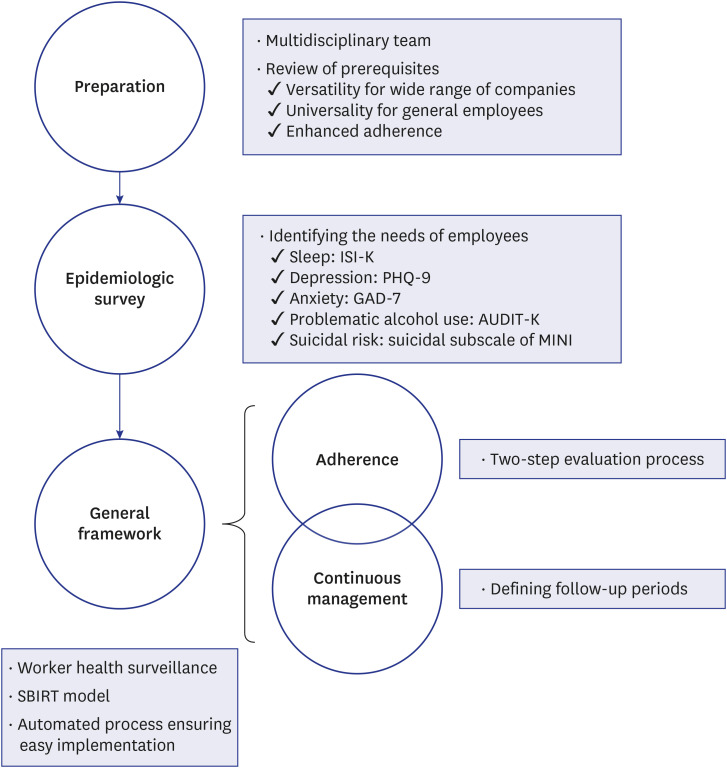
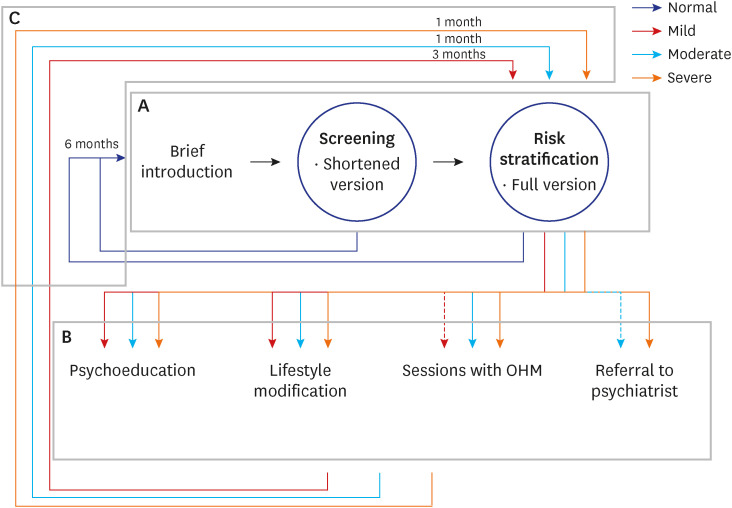
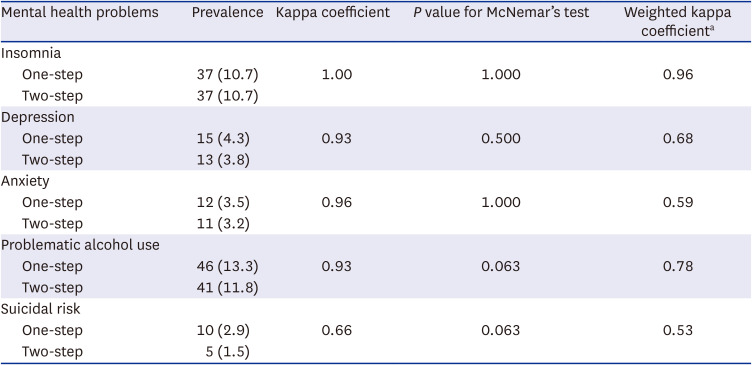

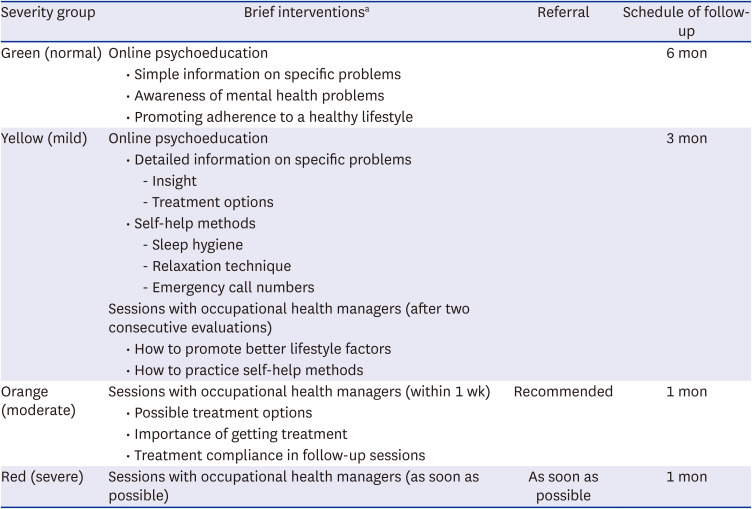




 PDF
PDF Citation
Citation Print
Print



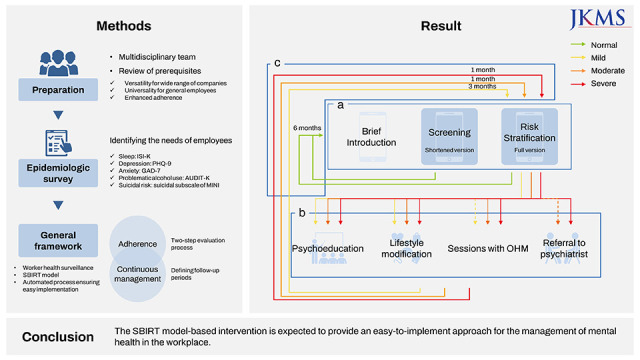
 XML Download
XML Download